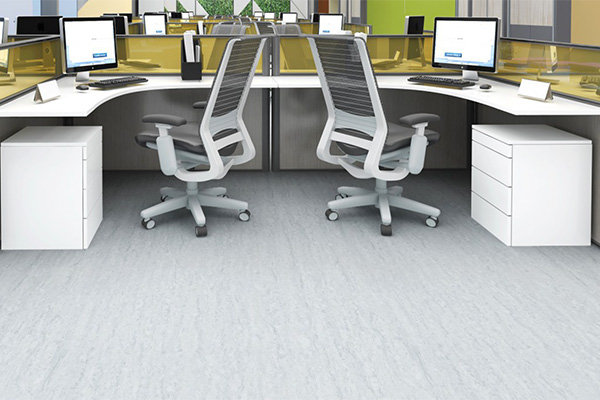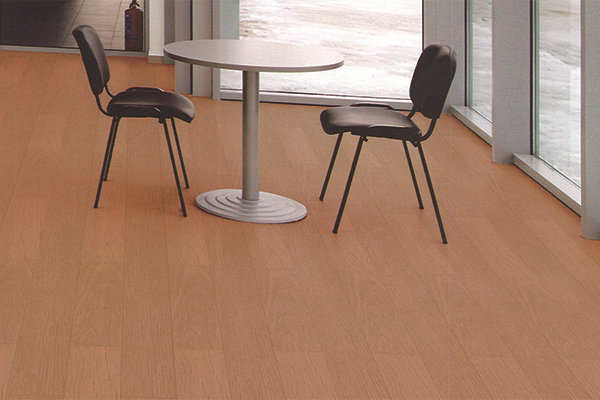What Is The Difference Between Homogeneous Flooring And Heterogeneous Flooring?

The primary difference between homogeneous and heterogeneous flooring lies in their composition and construction:
Homogeneous Flooring:
Composition: Homogeneous flooring is made of a single layer of material that is consistent throughout its thickness. This material is typically a combination of vinyl, plasticizers, and pigments.
Appearance: The color and pattern of homogeneous flooring remain consistent throughout the entire thickness of the material. It typically has a solid, uniform appearance.
Durability: Homogeneous flooring is known for its durability and resilience, making it suitable for areas with high foot traffic.
Maintenance: Due to its uniform composition, homogeneous flooring is relatively easy to maintain and can withstand heavy wear and tear without showing signs of damage.
Heterogeneous Flooring:
Composition: Heterogeneous flooring consists of multiple layers of different materials, such as a wear layer, print layer, and backing layer. These layers are typically bonded together during the manufacturing process.
Appearance: Heterogeneous flooring offers more variety in terms of color, pattern, and design because different layers can have different appearances. It can mimic the look of various materials such as wood, stone, or ceramic tiles.
Durability: While still durable, heterogeneous flooring may not be as resilient as homogeneous flooring, especially in high-traffic areas.
Maintenance: Heterogeneous flooring may require more specialized maintenance depending on the specific materials used in its construction. Additionally, the wear layer may need occasional refinishing to maintain its appearance.
In summary, homogeneous flooring is uniform in composition and appearance throughout its thickness, offering durability and ease of maintenance, while heterogeneous flooring consists of multiple layers with different materials, providing more variety in design but potentially requiring more specialized maintenance.




